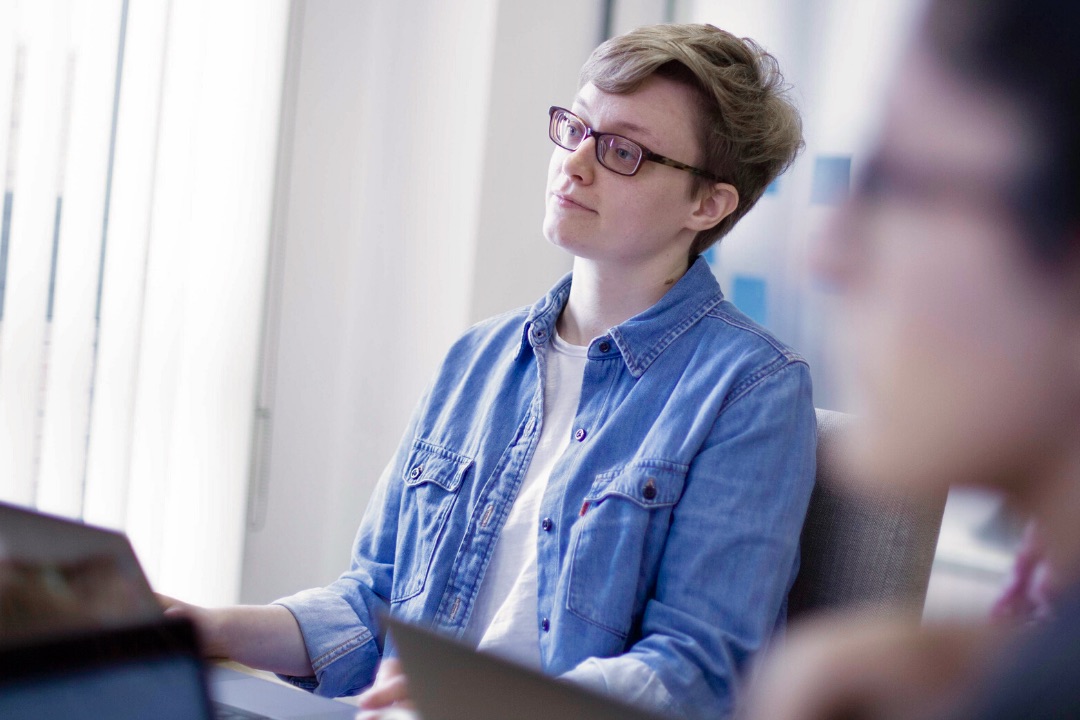What have we learned about testing and building products?

Deciding not to do something is often a good thing!
We recently had an idea for a new dxw product, so we set out to explore whether this was something we should build.
We decided to put a team onto testing the product. This meant them taking some time away from client work, but we wanted to see if it would be an effective way to make some quick progress and produce some tangible outcomes.
How we did it
Unsurprisingly, we began with a kick-off meeting. We captured some goals, risks, assumptions, and things we wanted to learn. At the end of the session, we had a question we wanted to answer and a list of ‘we know this is done when…’ criteria.
The question became:
Is this product something that dxw can build and sell?
Before we got into exploring how the product might work and how we might sell it, we needed to understand if this was something we should be doing in the first place. We needed to know whether the thing we had in mind would have value for users and whether it was something our potential customers would be interested in buying.
We spent the next 2 sprints focusing on that question, with some attention to how a product might work.
Here’s a summary of some of the things we did:
- market research
- data analysis
- analysis of current tools
- process mapping of services from start to finish
- review of existing user research
- user research interviews with potential buyers/influencers
- cost and revenue estimating
- sketching
- talking to dxw staff
- lean canvasing
- collaborating with colleagues in our Leeds office for a nationwide view
What we learned
We learned a lot of things about the processes and techniques we can use to test out product ideas quickly and effectively. Here are some of them.
You can get a lot done on an internal project if you put a (mostly) full time team on it
Approaching an internal project as if it’s client work has a lot of benefits for the team and for the project. We were able to get a lot done in a short timeframe and were able to test out our ideas and hypotheses by working collaboratively.
dxw has the right people and skills to test out ideas and do product thinking
We’re also hiring for a number of positions.
We figured out some questions to help evaluate the product value
We’ve put together a set of questions to help us decide what to do next with a product idea: take it forward, don’t pursue it, or change it into something else. The questions are based both on the lean canvas technique and on the things we asked ourselves.
Recruiting users or buyers for research without a client can be hard
We recommend that you start thinking about potential leads and recruitment options as early as possible.
Getting the data can be difficult
When there was data about the likely impact of our product idea, it was small enough to be open to interpretation. Think about where you might be able to get data early on and recognise how a lack of data might limit your work.
Estimating costs, prices, and potential savings for buyers is tough
But it can be a really useful way of understanding if a product has real value.
What’s next?
We believe:
Product thinking is one of the fundamental pillars of agile: value released early, insights learned fast, reacting as quickly as possible, a focus on outcomes.
Thanks for the quote Ert.
On this occasion, the discovery exercise helped us decide not to pursue this product idea. Deciding not to do something is often a good thing! We learnt loads from the process and hope to test other ideas through the same approach and thinking.